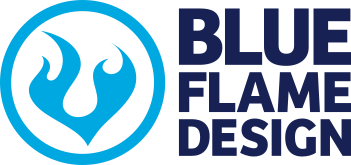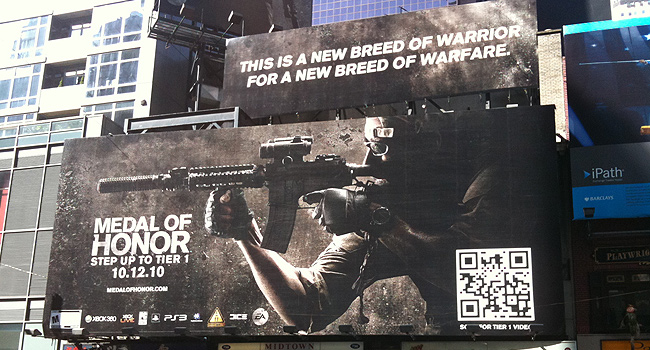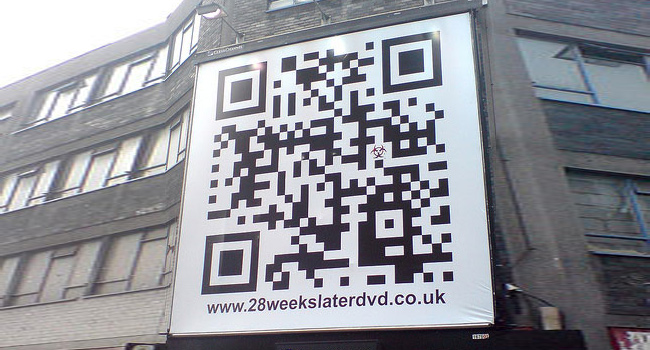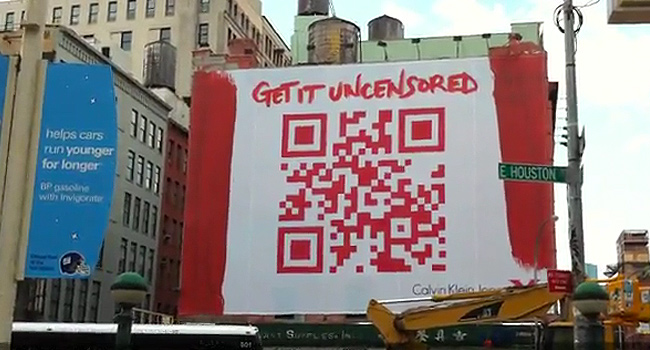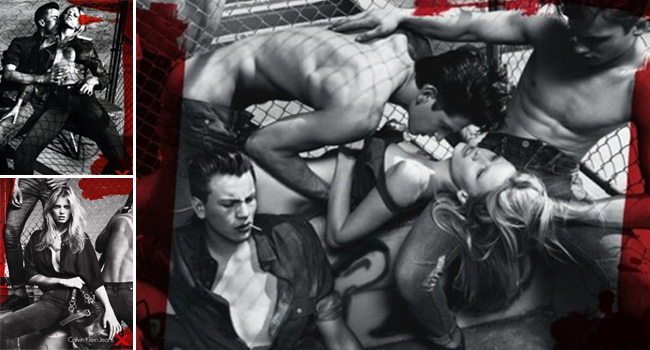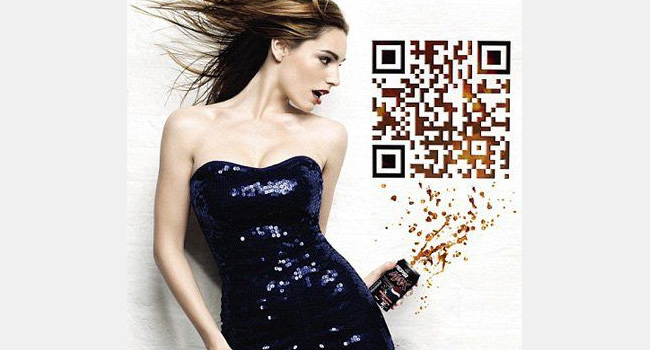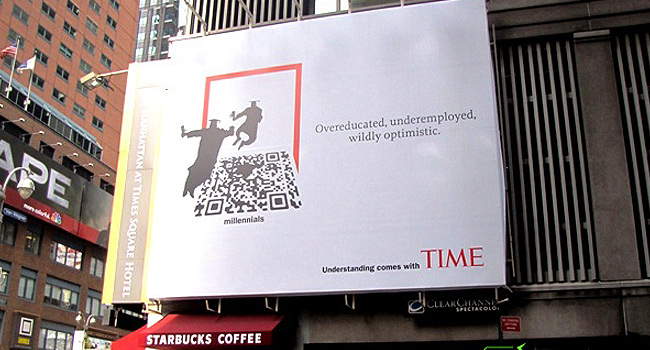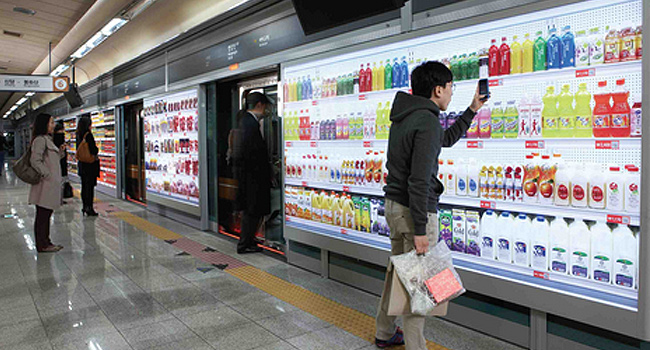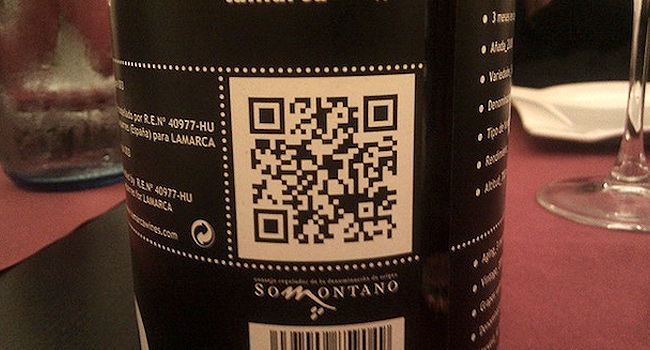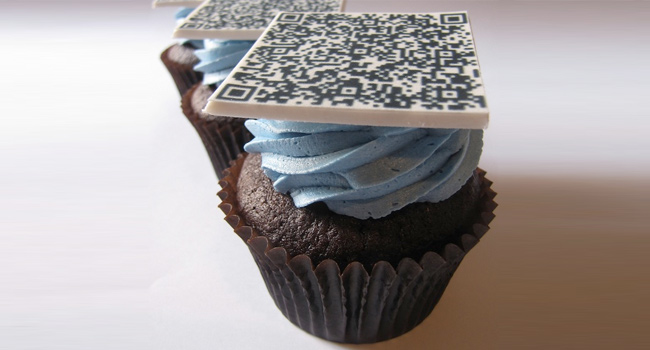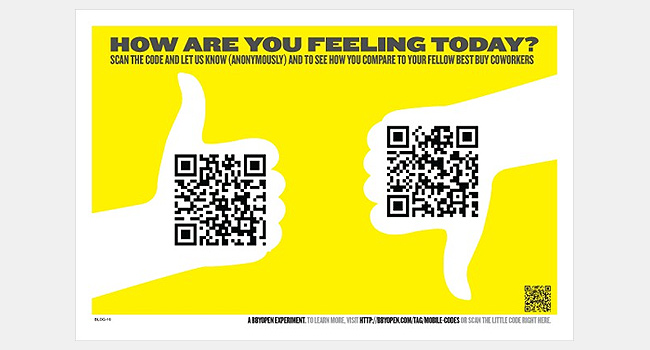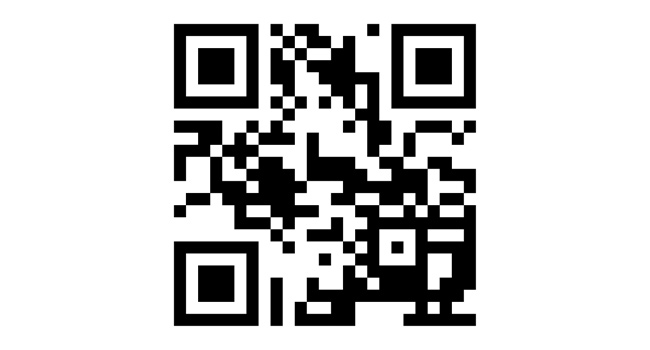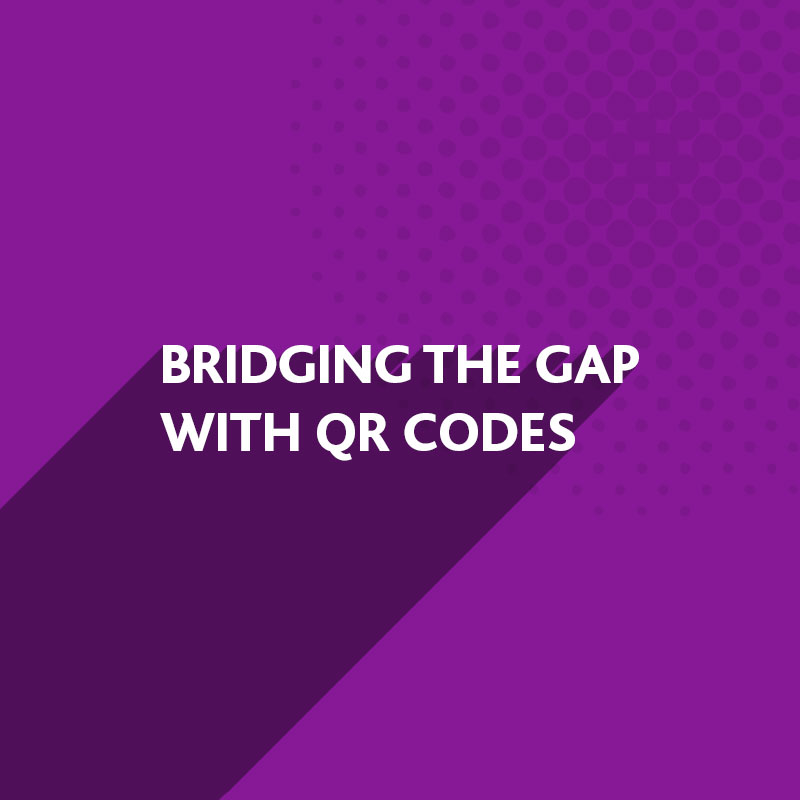
QR Codes, quick response codes, have been around for a while, and because they are easy to create and reproduce, and store a lot of text and information, they really are an effective tool for inbound marketing.
QR Codes are a great way to bridge the gap between your offline presence (flyers, business cards, posters, advertising campaigns etc.) and your online presence (company website, Facebook, Instagram, Twitter etc.). Also, since individual tags can have their own identities, they can be used to determine where the company is getting the most viewers or traffic.
Despite these advantages, a lot of businesses have yet to embrace the full potential of QR Codes.
Here are some of the innovative ways companies have used the tags in marketing communications and product placement.
QR Codes in Billboard advertisements
One of the most common uses of QR Codes has been on billboards. From QR tags in the corner providing more information about a product to a tag covering an entire billboard, the codes are an effective way to capture the attention of passers-by.
Calvin Klein used QR tags on billboards in one of the cleverest ways. When its ad campaign was banned for containing inappropriate images, the company put a giant QR code on a billboard, which allowed people to view the “uncensored” ad on their smartphones.
Also, instead of putting the code in the corner of billboards or posters, companies are embedding the tag in a creative way, so that it looks like part of the ad. Pepsi and Time Magazine have used QR tags this way in their billboards.
QR Codes as Virtual stores
In South Korea, where the hard-working population has little time for grocery shopping, the supermarket chain Tesco went one step further and put up virtual stores in subway stations with the help of QR Codes.
Tesco carried out the innovative experiment by projecting a virtual display of products on an LCD screen. The display looked like an actual shelf from a supermarket and allowed users to scan the codes of products they wished to purchase. These products got added to the customer’s cart and were delivered to their doorstep right after they got home.
QR-coded products
Using QR Tags on actual products is a great way to offer consumers more information about your product and your company. Lamarca, a Spanish wine company, puts QR codes on its bottles so that consumers can learn the contents and other details about the wine that is not on the bottle.
An American cupcake company called The Clever Cupcakes placed edible QR Tags on top of its cupcakes. Not only does the tag look stylish and creative, but scanning the tag directly takes consumers to the company’s website, where they can read more about the company and its other products.
Customer feedback
QR Codes can also be used to get feedback from your customers. Instead of making them fill out a form on paper, you can be innovative and place QR codes they can scan to provide feedback through a smartphone. These tags also can be placed on small pamphlets, leaflets, flyers, direct mail, adverts, newsletters, as well as on large banners for passers-by. As an example, check out how Best Buy used QR codes to obtain customer feedback.
A great benefit of this method of feedback is that users can compare their responses instantly with those of others who took the same survey.
With smartphones becoming widespread, more and more consumers are able to scan QR Codes at different locations in their everyday life. That provides a great opportunity for companies to come up with innovative ways to connect with customers and prospects.
